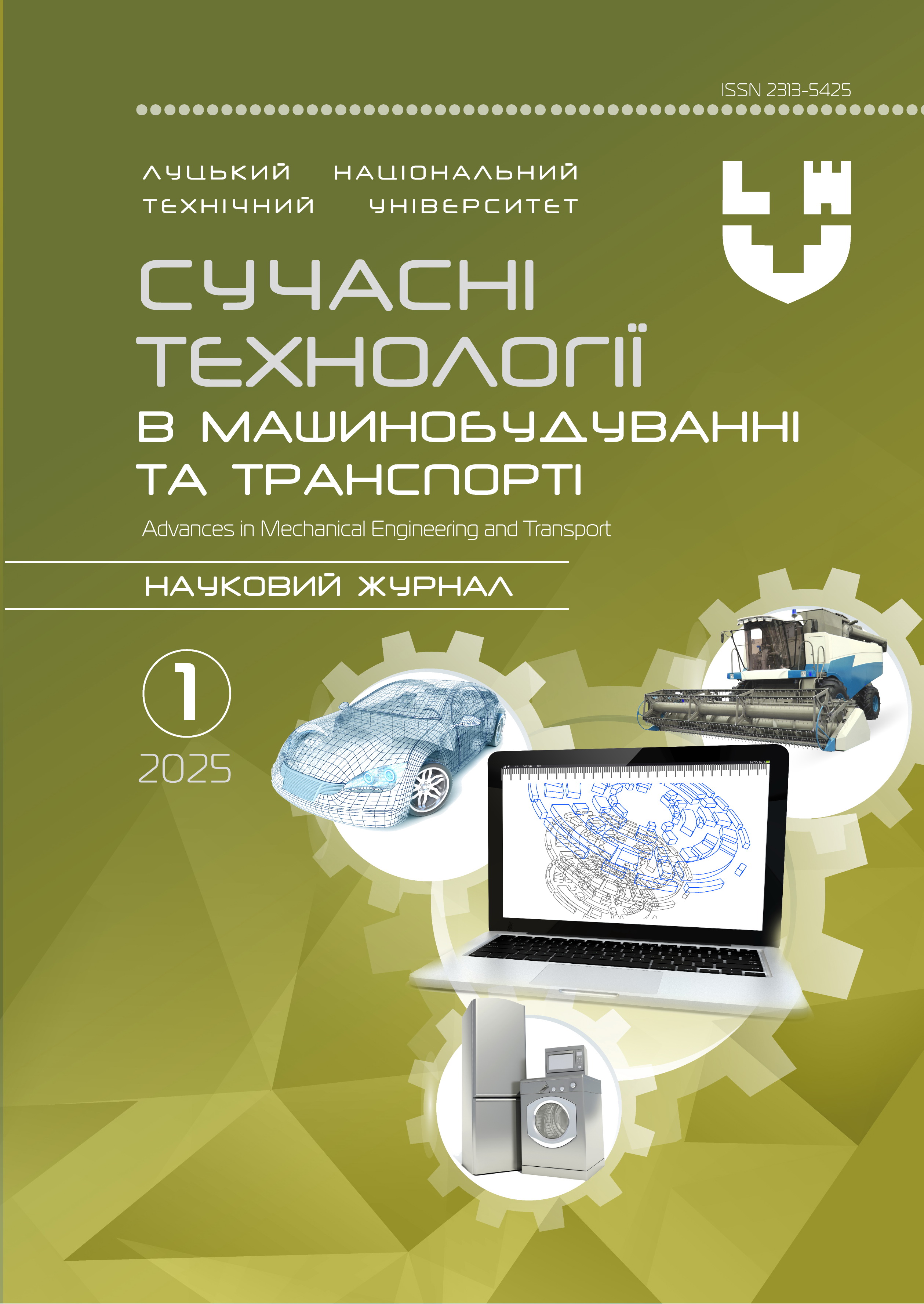THE AVERAGE VEHICLE SPEED IN A DENSE TRAFFIC FLOW WITH TWO SLOW-MOVING VEHICLES ON A ROAD SECTION WITH LIMITED MANOEUVRING OPPORTUNITIES
Abstract
The wide range of vehicle speed studies indicates considerable attention to speed as the parameter of traffic flow that affects traffic safety and comfort, the environment, and the quality of life. This parameter is also one of the most important in transport modelling, where the speed distribution law, its percentiles, and the mode and mean are used. Most of the literature presents the results of speed surveys on sections of interurban roads and urban arterial streets, where traffic flow is mostly free. It is common for these studies to consider normal distribution typical for vehicle free-flow speeds, as well as the possibility of using the percentiles of this distribution, its mode and mean value in practice. However, this is not the case with the results of studying the speed in urban traffic conditions complicated by dense traffic and limited manoeuvring opportunities. In such conditions, a much smaller number of studies have been conducted. They do not demonstrate a consensus on the possibility of using speed distribution, which could be considered reference one, but at the same time, they are consistent in indicating a tendency to the decrease in average speed and the shift of the distribution mode to the left compared to the case of free-flowing traffic. This paper presents the initial steps in studying speed in complicated urban traffic conditions characterised by a strong influence of vehicles on each other, which can be observed on road sections with a single traffic lane and without a possibility of overtaking. In this research, the formula for calculating the average speed of a vehicle platoon with one slow-moving vehicle is used to derive the analogous formula for the case of two slow-moving vehicles, which limit the speed of the others. These formulas allow for deepening the knowledge of the limiting effect of dense flow on vehicle speed and the first moment of speed distribution, as well as coming closer to obtaining a relationship to calculate average traffic flow speed with any number of slow-moving vehicles.
Keywords: traffic speed, average speed, traffic flow, flow density, traffic lane, traffic conditions, analytical modelling, transport system.




